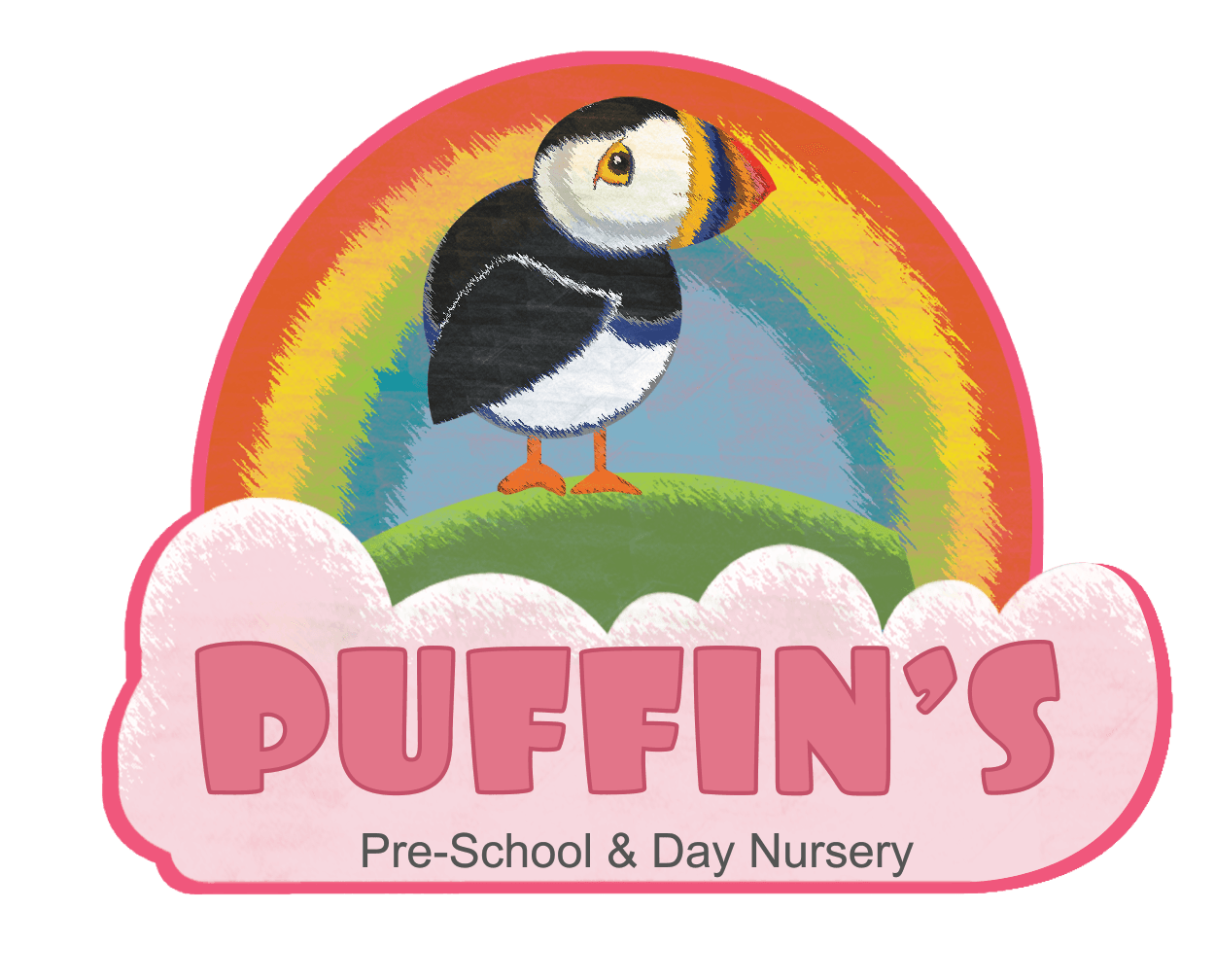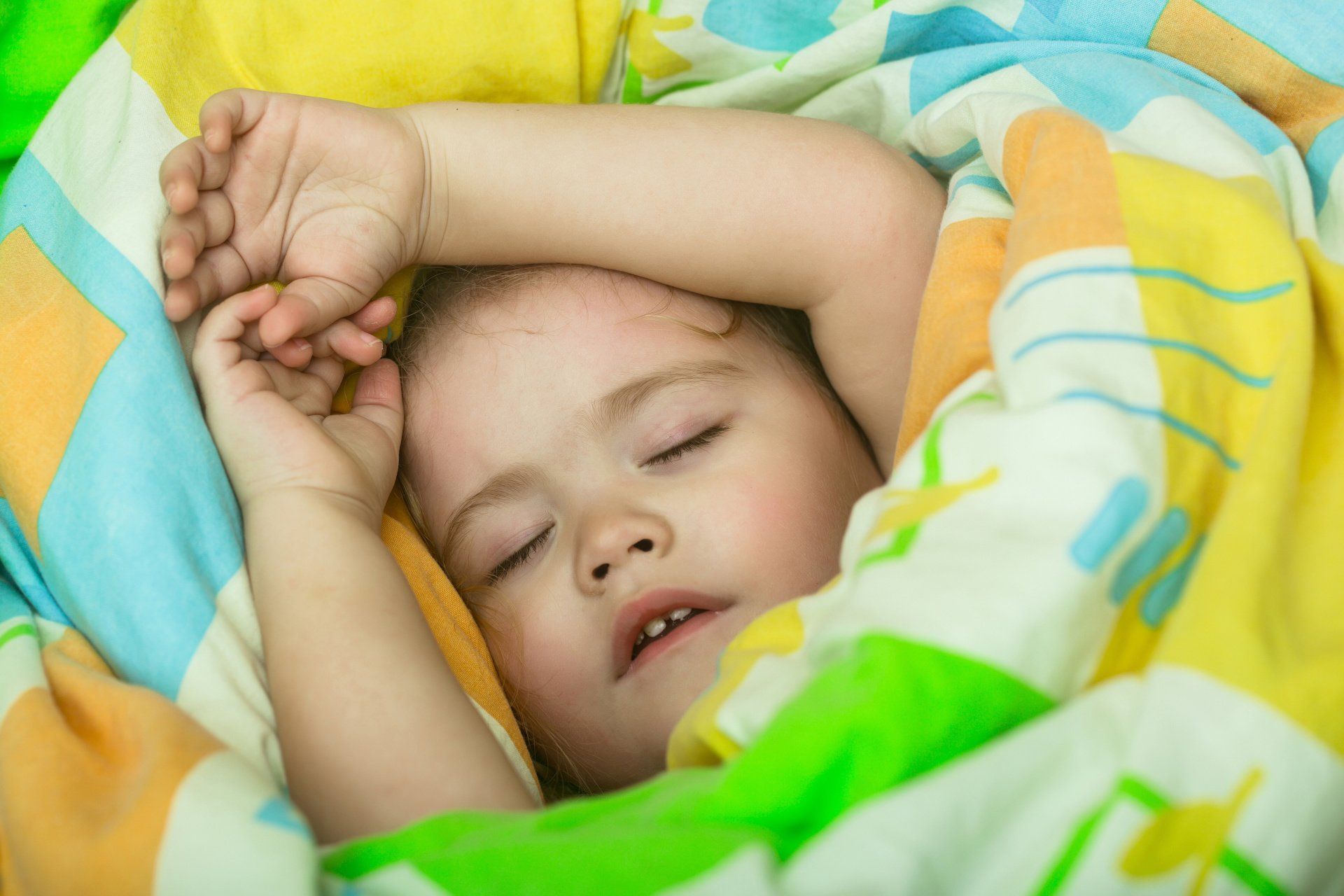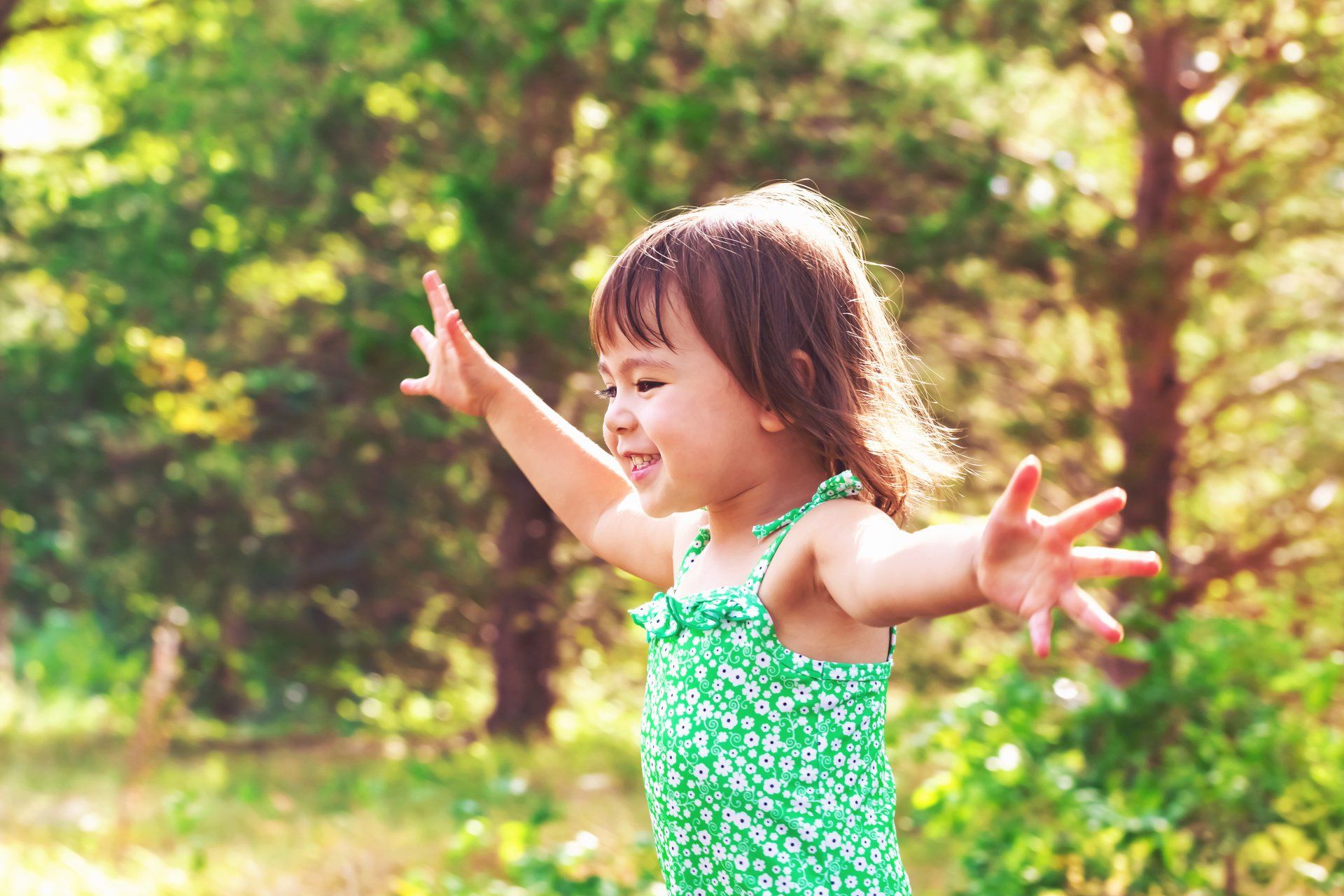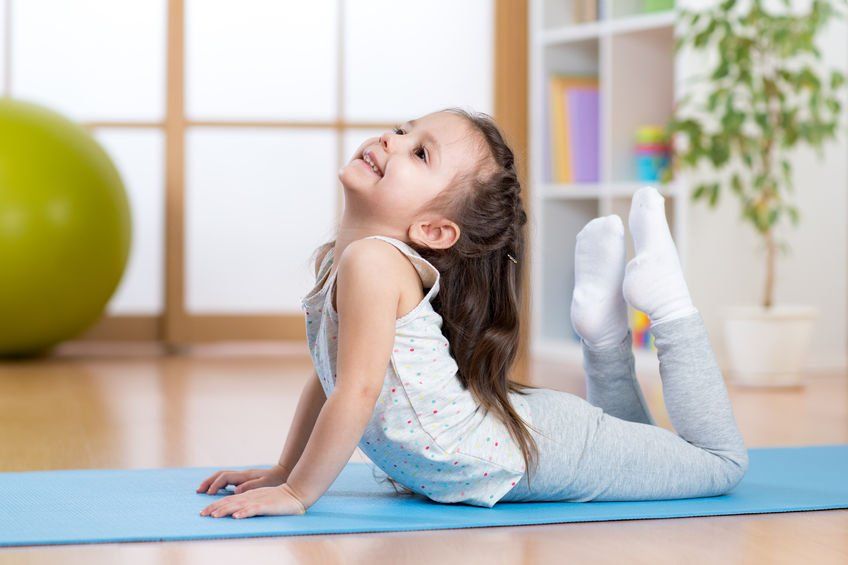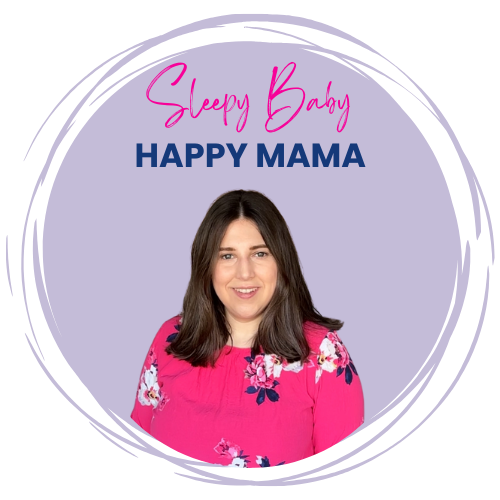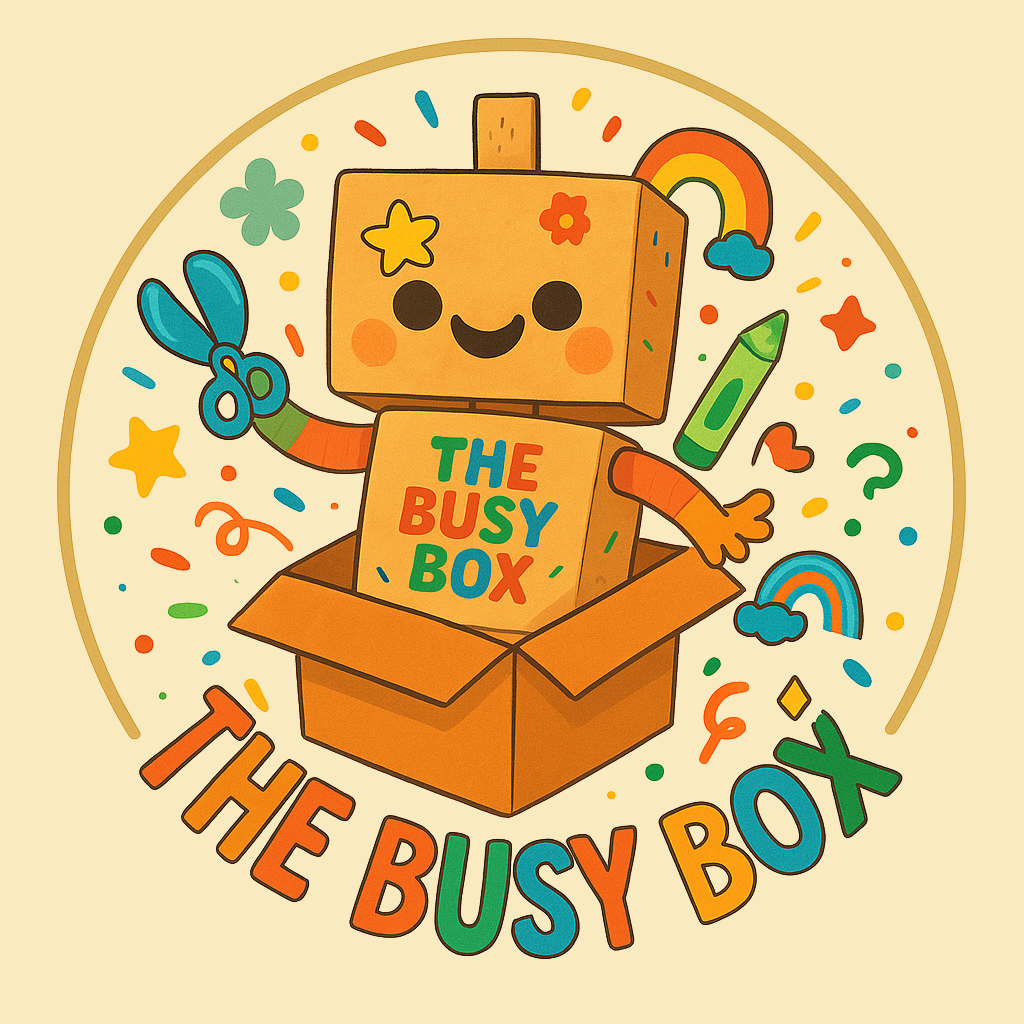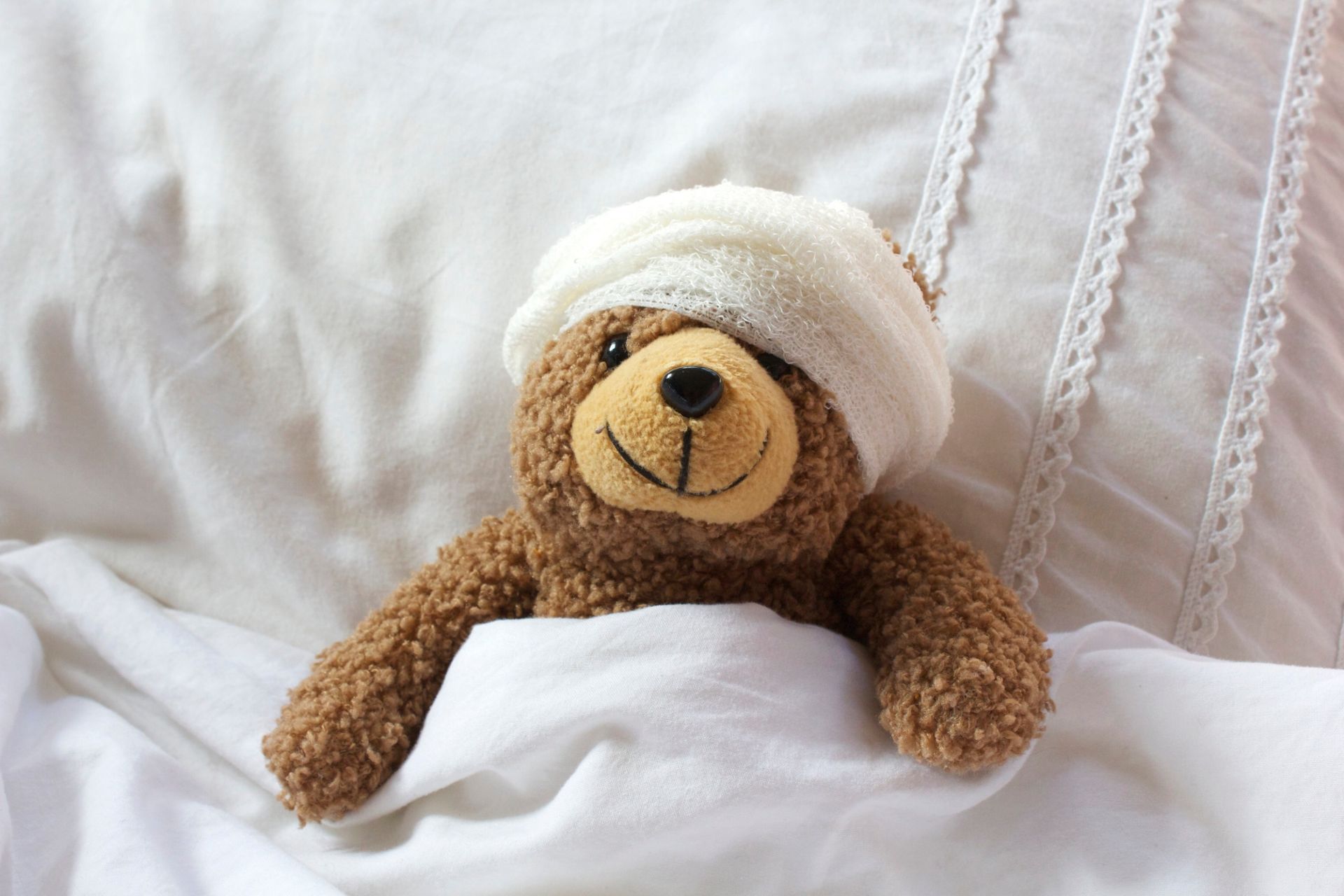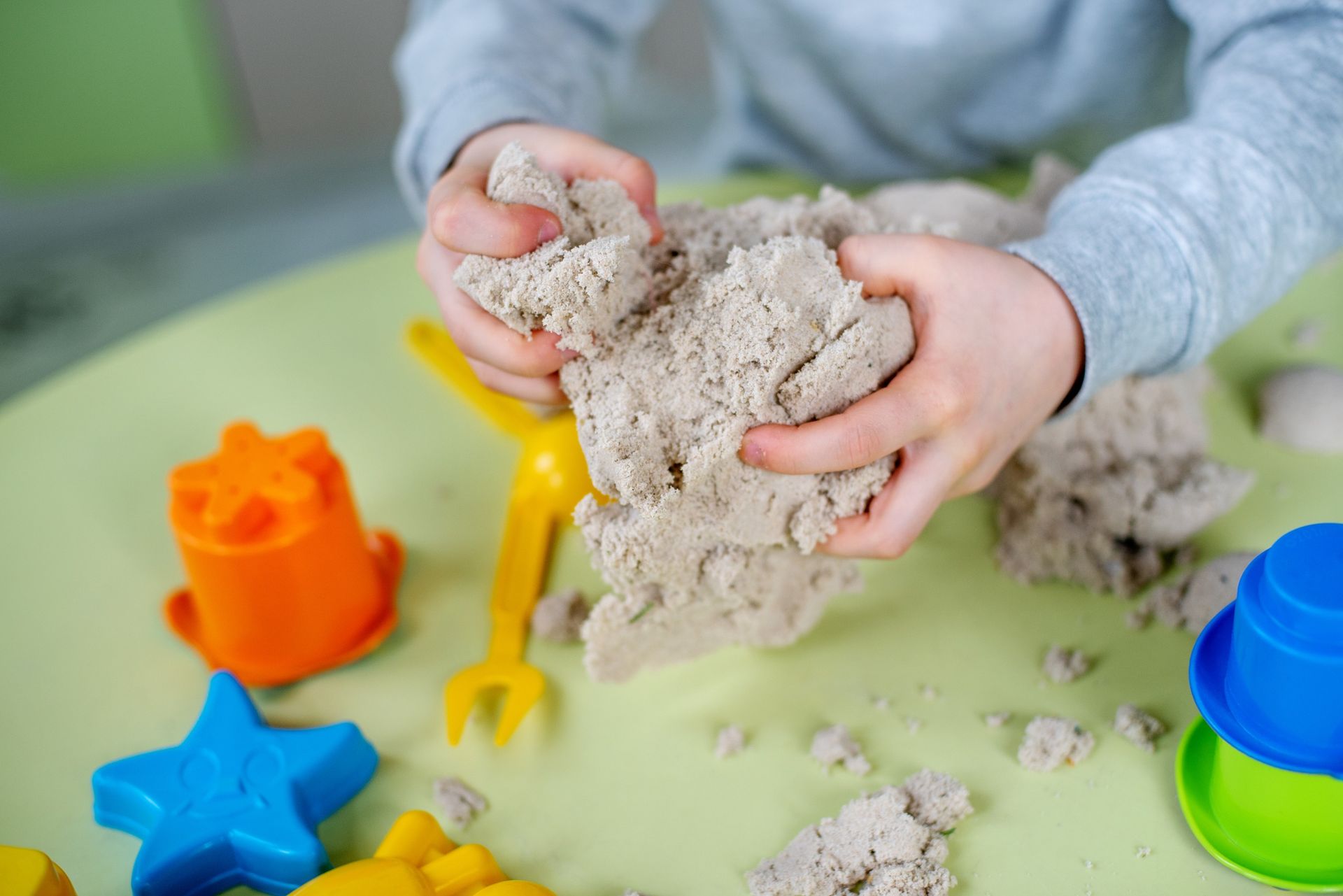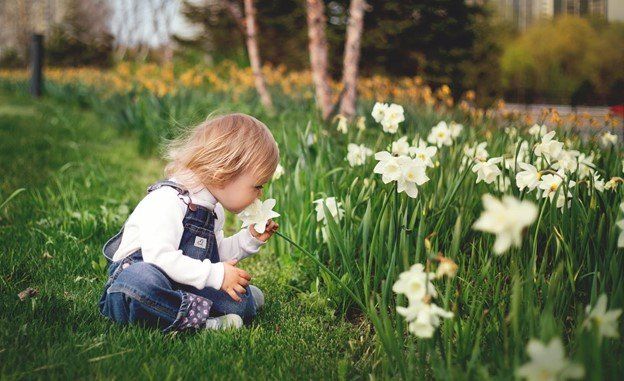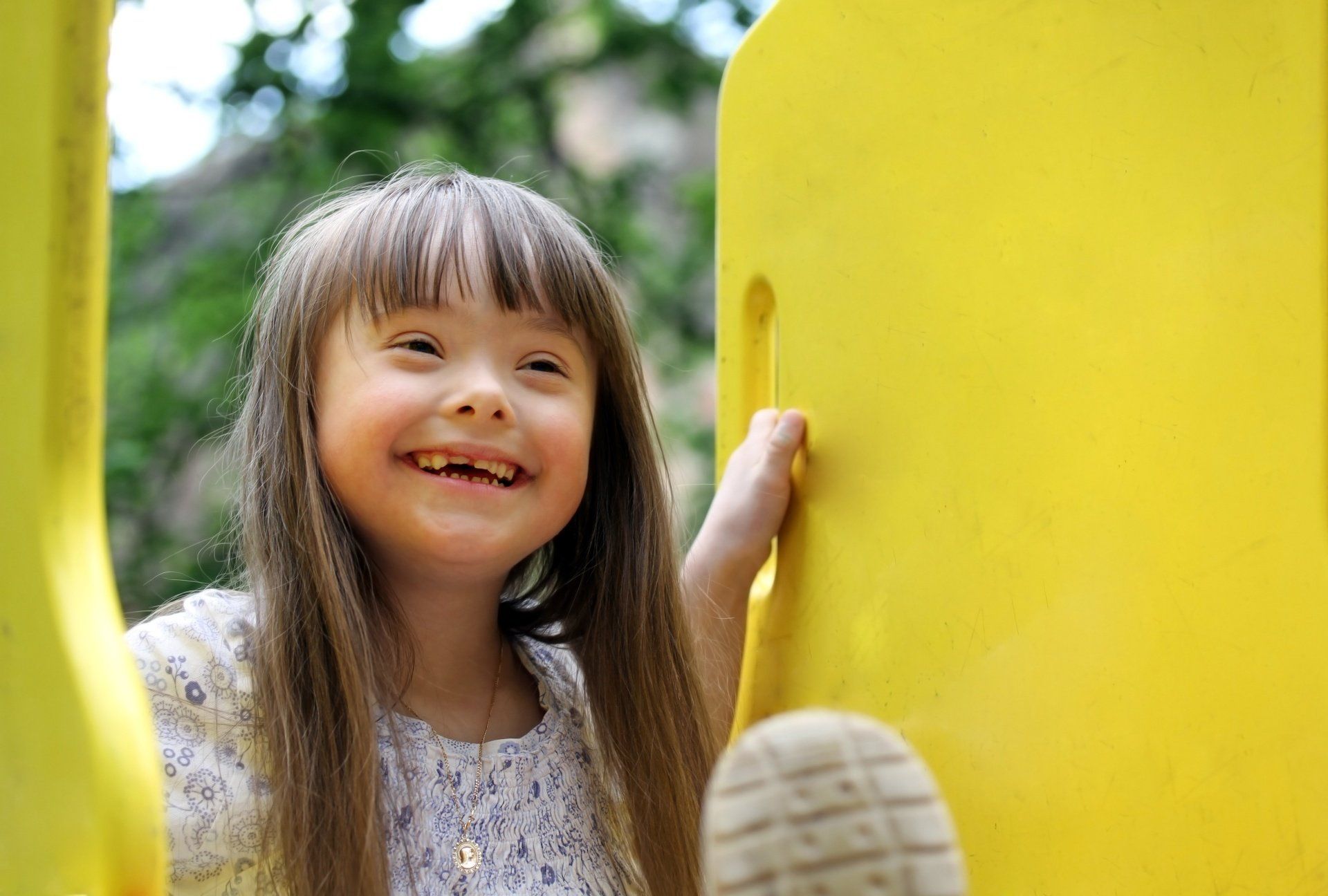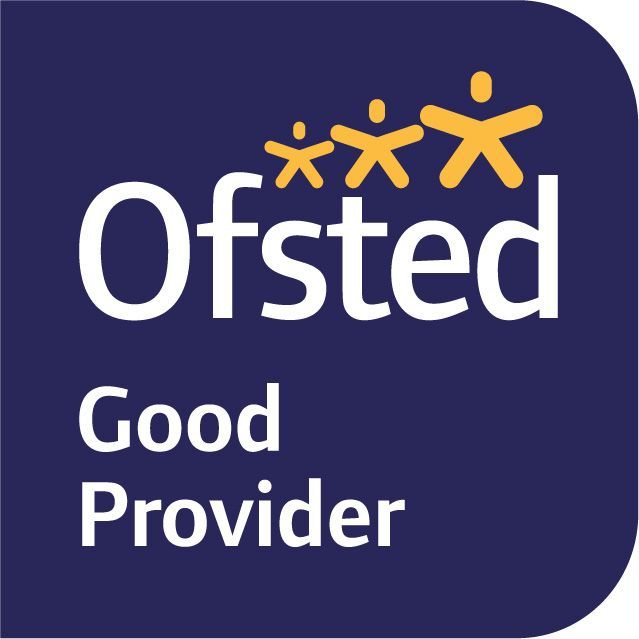Guidance from Relax Kids with Faye
Puffins • July 27, 2020
Relax kids aims to give children access to a variety of simple, effective techniques for relaxation, mindfulness and stress management, delivered in a fun and creative way to engage children's focus and interest. Believing that relaxation, mindfulness and a positive outlook are the keys to good mental health, self esteem and emotional resilience.
Here are some great ideas to help children as they return to school in September after this extended, unusual and for some, very anxious time at home...
Morning
- In the morning as they wake, introduce a few minutes of relaxation to help your child on the right track for a positive day ahead.
- On waking- can they lie very still and think about the exciting things they want to do that day?
- Stretch- stretching up and back will help fully wake them and give them an energy boost.
- Breathe- Taking a few deep breaths through the nose into the tummy and breathing out slowly through the mouth will help calm any worries about going to school. This can be done on the walk to school or in the car.
- If walking to school, try some mindful walking. Ask your child to notice 5 things they can see, 4 things they can hear, 3 things they can touch, 2 things they can smell and 1 thing they could taste.
After school
- Stretch- bending forward (sitting on the floor or standing) helps aid relaxation. Hold for a minute.
- Talk- Ask your child how their day went and about any stresses or worries. They could put their worries in a worry box by writing them on a piece of paper, or draw a picture to get their anxiety out.
- Time Out- Take some time out, not as a punishment but to take a brain break after school. Let them relax on the sofa and listen to some calming music (headspace, calm or insight timer are free apps with some great relaxation music). Or enjoy a shoulder or hand massage.
Bedtime
- Finish the day with a nice relaxation session to ensure your child sleeps well. Try reading a visualisation or meditation or use one of the Apps mentioned above. Let your child get into bed and relax for a blissful night's sleep.
- For more tips and advice, please follow relaxkidswithfaye on Instagram and Facebook.
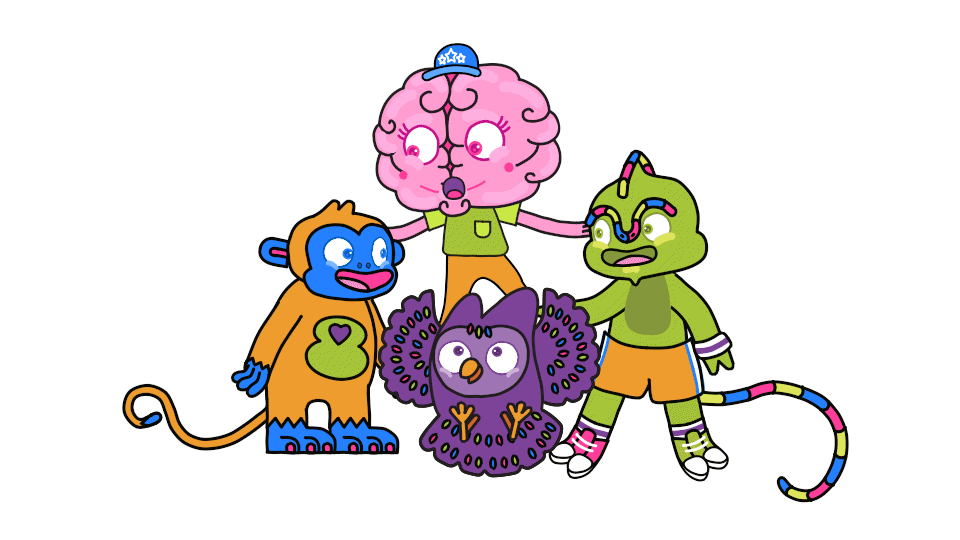
Have you ever wondered why your preschooler melts down when their toast is cut the “wrong” way, or why transitions can feel so big and overwhelming? It’s not just a phase, it’s brain development in action. At this age, your child’s brain is growing rapidly, but it’s still under construction. That’s where The Brain Friends come in- a simple, science-based way to help parents and children understand what’s going on inside those little heads (and hearts). The Brain Friends are four characters that represent key parts of your child’s developing brain. Together, they help make sense of big feelings, tricky behaviour and moments when everything just feels a bit much. Let’s meet them... Lenny Lizard lives in the brainstem, the part of the brain responsible for keeping the body alive and ready to act. He controls basic functions like breathing, heart rate, and movement. When your child jumps, runs, pushes, hides, or hits without thinking, that’s Lenny in charge. Lenny’s job is to mobilise the body quickly in response to discomfort or stress. He doesn’t plan or think things through — he reacts. He’s essential for survival, but sometimes he takes over when a child is just hungry, overstimulated or tired. Mylo Monkey lives in the emotional part of the brain, where the amygdala and hippocampus are. He’s the one who sounds the alarm when something feels big, scary or upsetting. Mylo doesn’t use logic — he uses feelings. That’s why your child might panic, cry or cling when something unexpected happens. Mylo is communicating through emotion. Orla Owl lives in the thinking part of the brain, the prefrontal cortex (which is still developing into their 20s!) She’s in charge of reflection, problem-solving and reasoning. But Orla can only come online when Lenny and Mylo are calm. That’s why young children can’t “just calm down” or talk about their feelings in the moment; their brains haven’t made that leap yet. Brilliant Brain helps connect everything together. He’s in charge of learning and growing through practice. When your child uses the Brain Friends regularly, they’re not just behaving better, they’re building new neural pathways that support emotional development, resilience and independence over time.
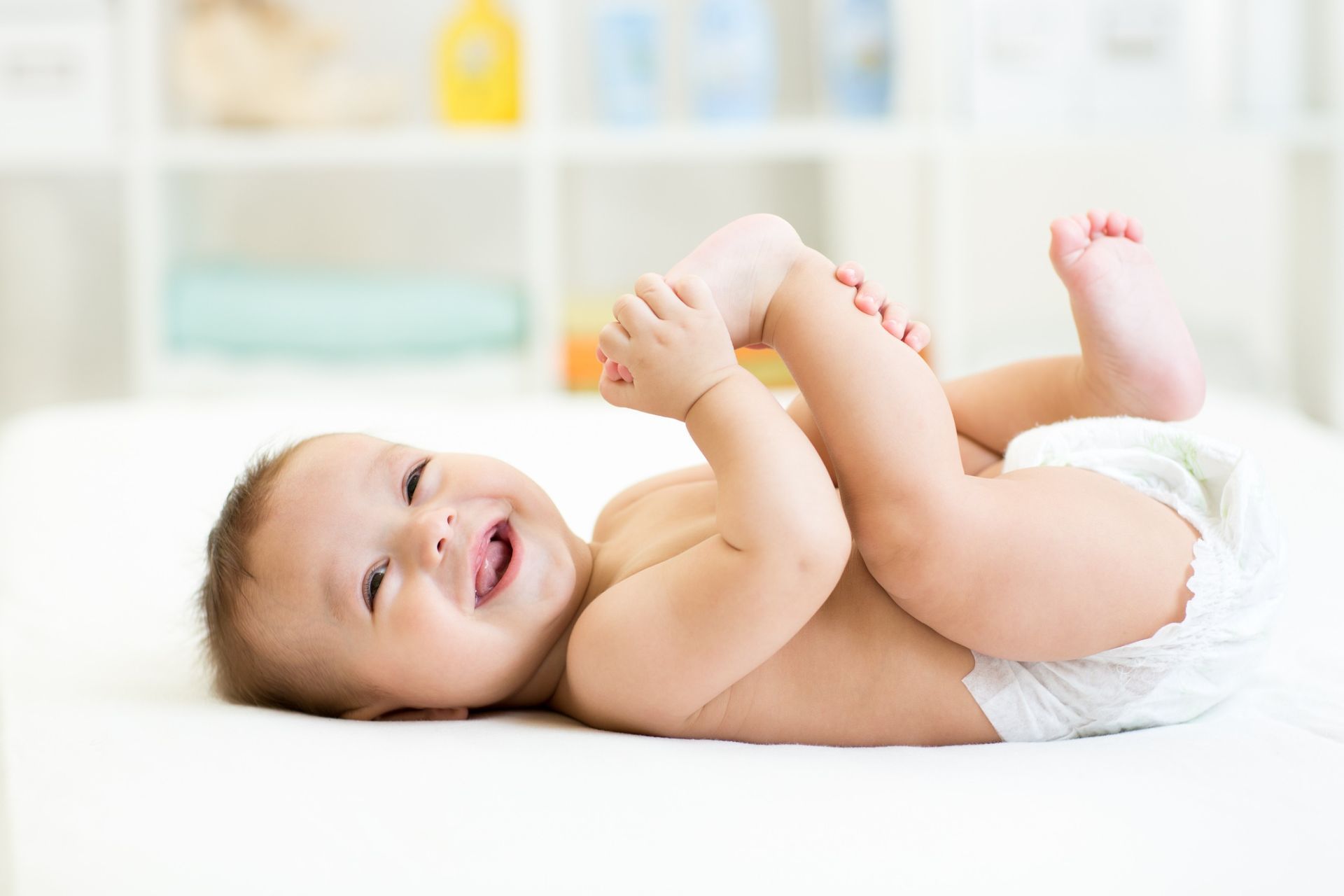
It’s a common question, along with asking if they should wear shoes. Find out all the answers below from a blog post we found from the Start Rite website. Babies are delicate and require our utmost care and attention – this goes for their feet too. One of the many things for new parents to think about is whether or not their baby needs socks. While socks may seem like a small detail, they can actually play a role in your baby's comfort and development. Babies are not able to regulate their body temperature as effectively as adults, and their extremities, such as their hands and feet, can become cold quickly. Socks provide an extra layer of insulation, keeping the baby's feet warm and comfortable. This is especially important during the colder months or in air-conditioned environments. In addition to keeping your baby's feet warm during colder days, socks can also offer a degree of protection. When babies start to crawl, they are at risk of injuring their feet, particularly when outside or on very hard and uneven surfaces. But, it is important to note that socks should not be used as a replacement for proper footwear. When your baby is starting to crawl, allowing them to do so barefoot is best. However, if you have cold floors, or the childcare provider you use insists on foot coverings, we’d always recommend a correctly fitting pair of pre-walkers worn with socks.
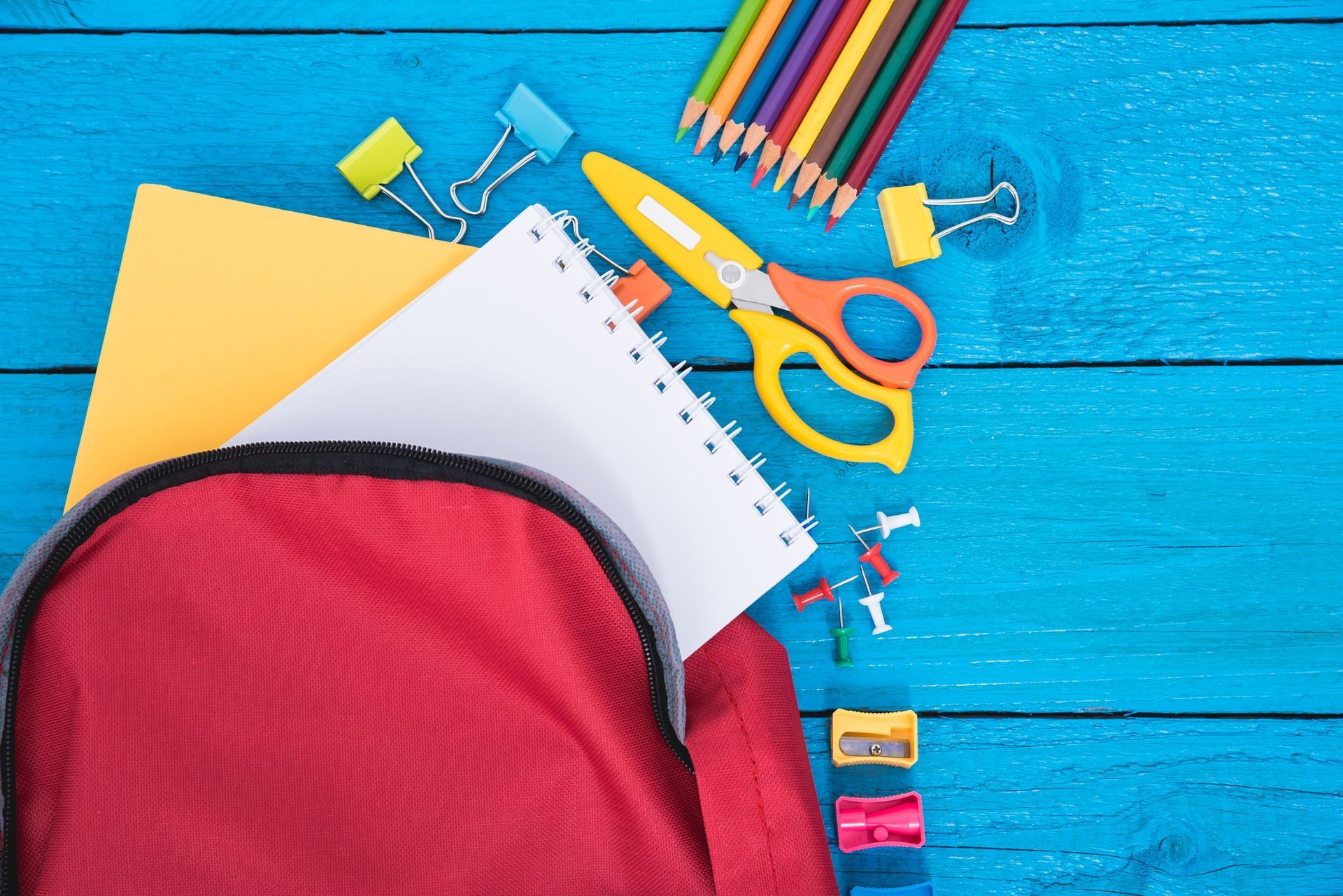
Going back to school at the end of the summer holidays can mean a great big to-do list. Preparing to head back to school involves many things, from buying new school shoes to easing into an earlier bedtime before the first day back. One thing that is often overlooked, though, is the emotional side of going back to school. Please take a look below at ways to overcome anxiety which we found on the Start Rite website.
